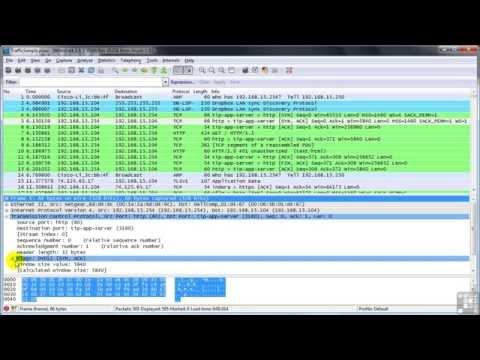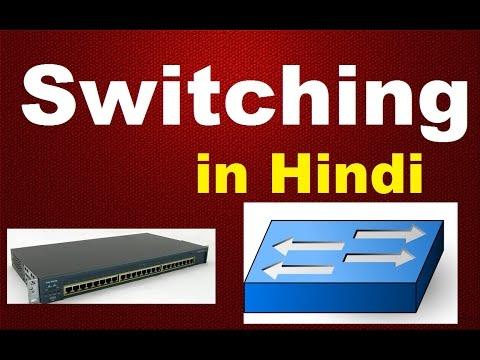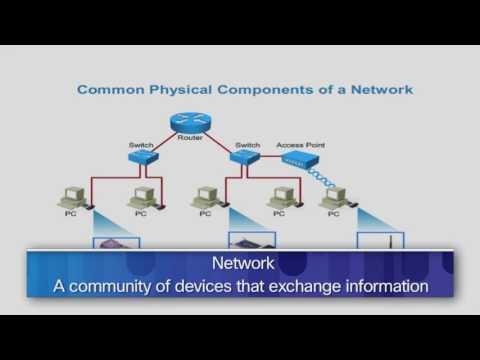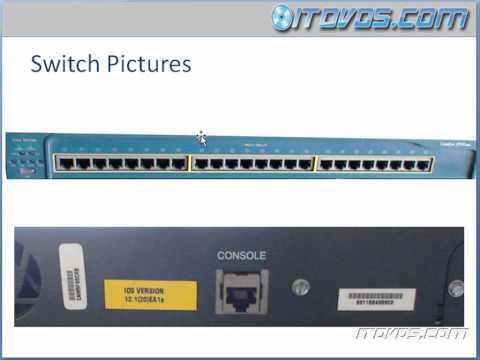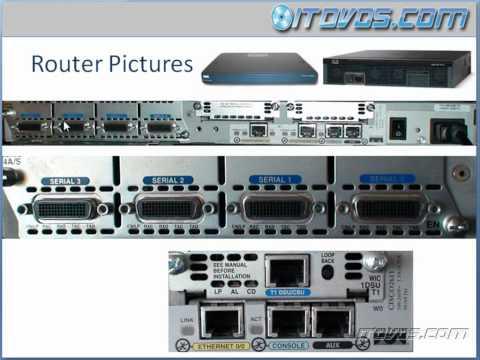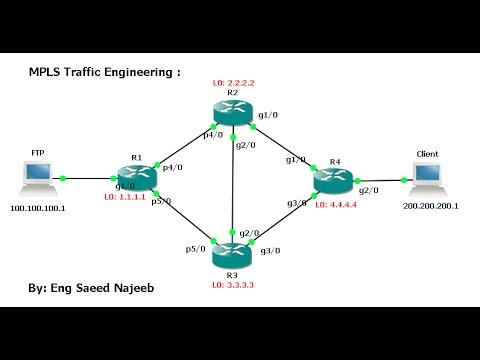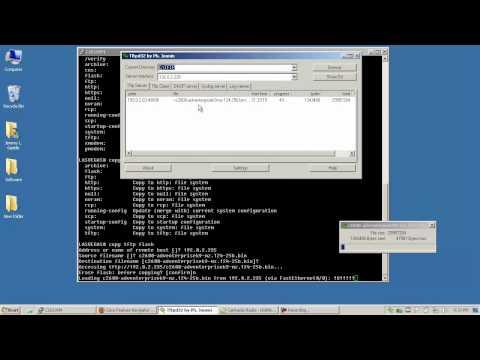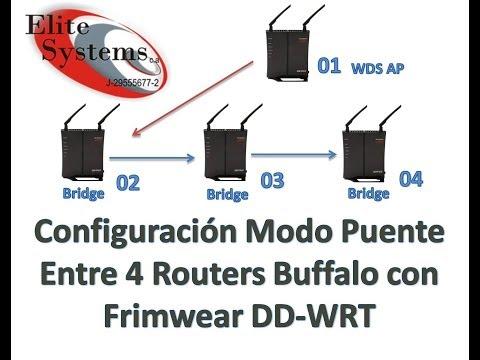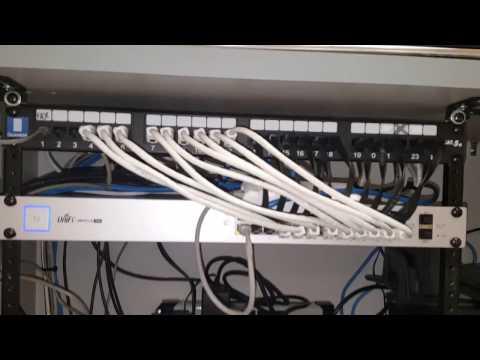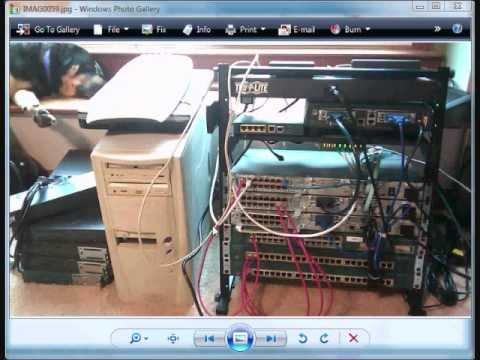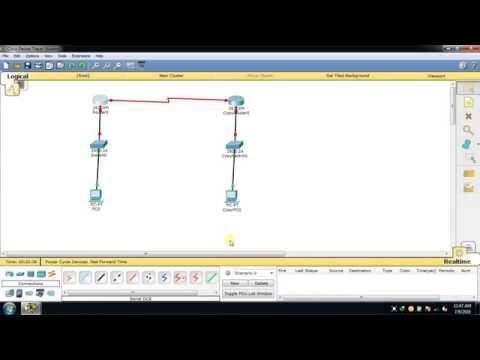Mpls In Hindi - Multiprotocol Label Switching - Free CCNA Training - Part 1
Description
For Online training visit http://www.networkkings.org/
Free CCNA Book : http://www.subscribepage.com/networkkings
Buy full Videos:- https://www.udemy.com/networkkingsccna/
Facebook Page: https://www.facebook.com/networkkingss
Facebook Discussion Group: https://www.facebook.com/groups/Networkkingss/
Multi-Protocol Label Switching (MPLS) provides a mechanism for forwarding packets for any network protocol. It was originally developed in the late 1990s to provide faster packet forwarding for IP routers (see RFC 3031). Since then its capabilities have expanded massively, for example to support service creation (VPNs), traffic engineering, network convergence, and increased resiliency.
MPLS is now the de-facto standard for many carrier and service provider networks and its deployment scenarios continue to grow.
Traditional IP networks are connectionless: when a packet is received, the router determines the next hop using the destination IP address on the packet alongside information from its own forwarding table. The router's forwarding tables contain information on the network topology, obtained via an IP routing protocol, such as OSPF, IS-IS, BGP, RIP or static configuration, which keeps that information synchronized with changes in the network.
MPLS similarly uses IP addresses, either IPv4 or IPv6, to identify end points and intermediate switches and routers. This makes MPLS networks IP-compatible and easily integrated with traditional IP networks. However, unlike traditional IP, MPLS flows are connection-oriented and packets are routed along pre-configured Label Switched Paths (LSPs).
The evident power of the basic MPLS concepts led the industry to define generalized extensions to MPLS, or Generalized MPLS (GMPLS). This work extended the MPLS concept of a label to include implicit values defined by the medium that is being provisioned, for example a wavelength for a DWDM system or a timeslot for a SONET/SDH device. So with GMPLS, there is no need for a switch to "read" the label in each packet header. The label is an inherent part of the switch fabric and the switching operations depend on wavelength, or timeslot etc. This permits the benefits of MPLS to be shared by many different types of switching platform.
How Does MPLS Work?
MPLS works by tagging the traffic, in this example packets, with an identifier (a label) to distinguish the LSPs. When a packet is received, the router uses this label (and sometimes also the link over which it was received) to identify the LSP. It then looks up the LSP in its own forwarding table to determine the best link over which to forward the packet, and the label to use on this next hop.
A different label is used for each hop, and it is chosen by the router or switch performing the forwarding operation. This allows the use of very fast and simple forwarding engines, which are often implemented in hardware.
Ingress routers at the edge of the MPLS network classify each packet potentially using a range of attributes, not just the packet's destination address, to determine which LSP to use. Inside the network, the MPLS routers use only the LSP labels to forward the packet to the egress router.




